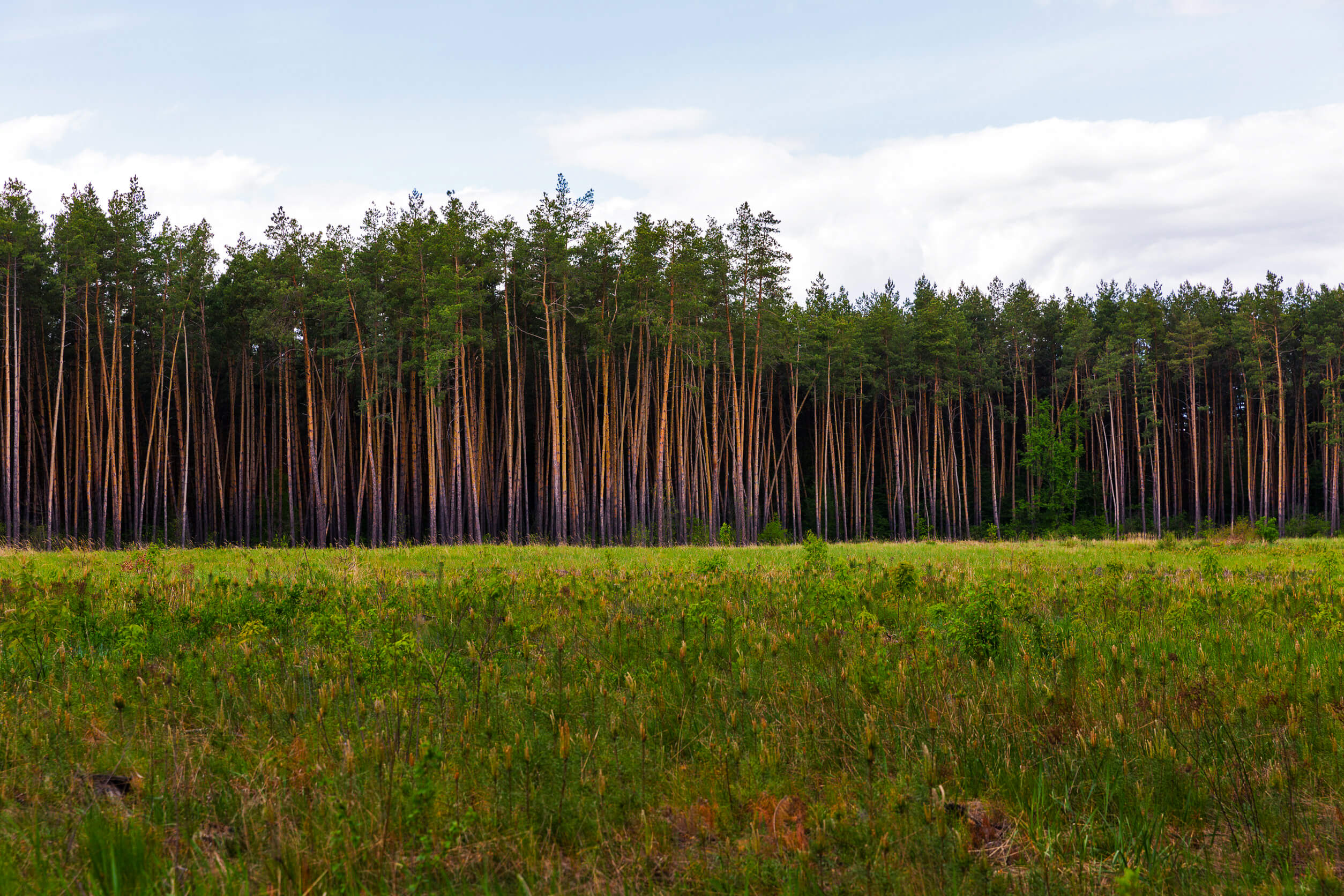Carbon offsets have been a hot topic again recently, after the Government of Canada posted two regulatory proposals and asked for public comment. This spurred a flurry of submissions to Environment and Climate Change Canada, and competing op-eds in the media about how carbon offsets are by turns counter-productive to reducing emissions or rigorous and effective.
Carbon offset projects, including those from forests, aren’t perfect. In fact, there is a history of many such initiatives being revealed as flashy greenwashing endeavours that were built without sufficient assurances about their “additionality” (emission reductions from offsets are “additional” if they happen as a result of a carbon market, and would not have occurred without it). This situation has improved but is still a challenge, with news breaking earlier this year that The Nature Conservancy, creators of some of the biggest forest carbon offset initiatives in the U.S., have undertaken a review of all their projects as a result of concerns that that organization is facilitating the sale of meaningless carbon credits to corporate clients.
The UN Intergovernmental Panel on Climate Change (IPCC) – a group of thousands of scientists from around the world who put forward recommendations that are subject to line-by-line scrutiny – shows that there’s no scenario where we can avoid the worst-case climate breakdown in the next decade without protecting and restoring forest carbon, including through market mechanisms like offsets. To be sure, the scale of necessary drawdown means that we must employ all tools available to us, and quickly – including robust government regulation or incentives and strong market solutions.
That means that rigorous and transparent forest carbon offset projects are going to play a critical role in incentivizing forest management at a scale that will actually help Canada reach its 2030 climate goals. In the Maritimes, forest carbon offset projects could help support the region’s 80,000 small-scale family forest owners conserve and manage almost five million hectares of forests for climate benefit. The alternative is that these forests continue to be decimated as a result of the only markets currently available to landowners: timber markets that drive widespread clearcutting, which only worsens the climate crisis.
Authenticity is key – so here are five ways to get forest carbon offsets right:
-
Let the people most directly affected make the decisions.
Carbon offset projects should be led by the people most closely connected to them. The regulations and programs governing those offsets, in particular nature-based ones, should also be designed by those same communities. This is how we ensure that carbon offset projects don’t just devolve into corporate greenwashing initiatives – by supporting Indigenous-led conservation and rural community-led projects, with benefits returning to those communities and the ecosystems that surround them.
-
Make them truly additional.
Close the loopholes, make offsets programs tight, and don’t leave any cracks open for exploitation. To this end, several national conservation organizations and other experts have said that correct and authentic accounting of the emissions that are driving demand for offsets is important, as is having a clear process on the supply side to verify the authenticity of offsets that are being sold. That means using top protocols, such as those created by long-operating standards associations like Verra and Gold Standard, and closely scrutinizing proposed projects (including third-party verifiers) to ensure that the offsets that are being sold are genuinely additional.
-
Don’t be complacent.
Climate science and the carbon offsets space are both highly dynamic, and protocols and methodologies are constantly improving. Accept that the protocols that work well today may be improved upon and changed tomorrow – and that’s okay. For example, we’re finally seeing protocols and programs that actually ensure benefits to forest owners and communities, rather than just large corporate interests.
-
The goal should be drawdown, not just net-zero.
Focusing on “offsets” implies only neutralizing emissions that are currently being produced; it doesn’t address the backlog of historic greenhouse gas emissions that are already in the atmosphere and driving the climate crisis. To make a measurable impact on the climate, we need a drawdown of those historic pollutants, and we need to be carbon-negative. Robust government regulations can drive this, as can more aggressive offsetting programs. With less than a decade left to avoid worst-case climate catastrophe, being net-zero just isn’t good enough.
-
Embed goals of addressing the twin crises of biodiversity loss and climate change.
Any climate solutions, including carbon offsets, that don’t also protect natural ecosystems and halt the rapid loss of biodiversity are a failure. Globally, we are experiencing the sixth cataclysmic extinction event in history, this one caused by humans. In Canada alone, we have experienced a 68% average decline of birds, amphibians, mammals, fish and reptiles since 1970, a loss that is estimated will be a US$10-trillion hit to the world economy by 2050 under our current “business-as-usual” trajectory. We need nature-based solutions, including carbon offset programs, that directly address habitat loss and destruction of ecosystem services. Otherwise we’re still losing the battle.
All this is to say that carbon offsets, while still imperfect, are one necessary tool in the toolbox of solutions for mitigating, even reversing, climate chaos. And we need all the tools we can lay our hands on, immediately – that’s how we’ll make meaningful gains toward our Paris Agreement goals, and toward a resilient future.
Megan de Graaf (she/her) is a forest ecologist and the Forest Program Director at Community Forests International, and a farm and forest owner in southern New Brunswick, on traditional and unceded Mi’kmaq territory.







